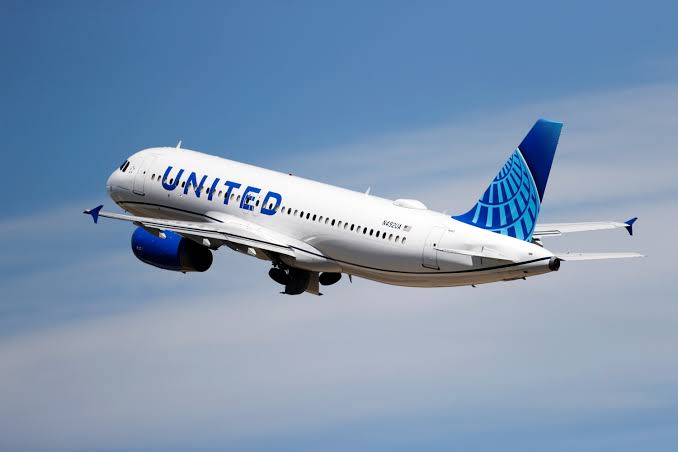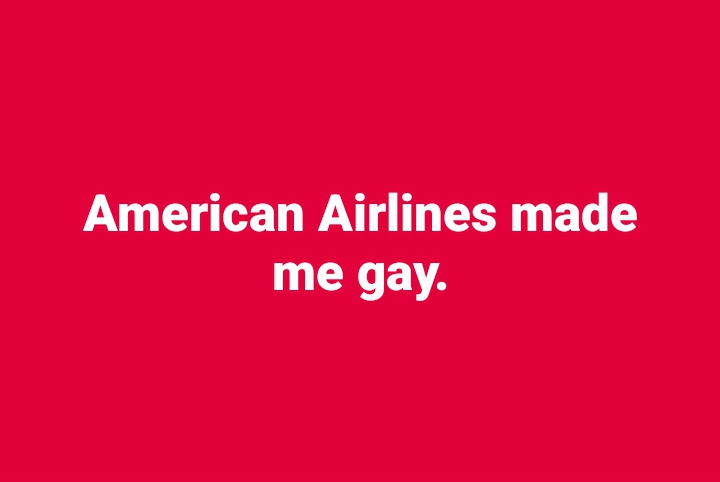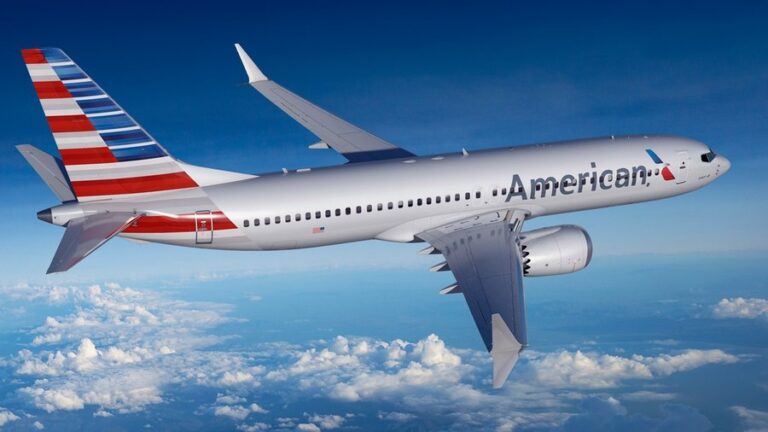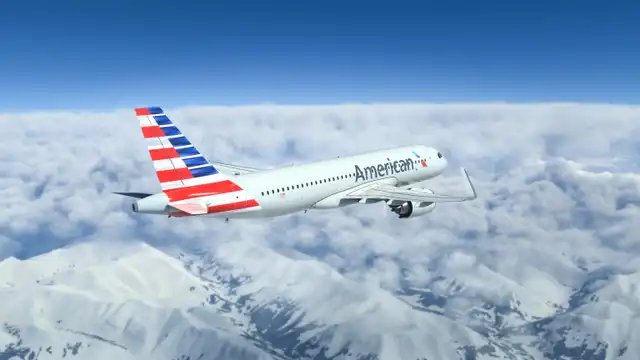United Airlines and the Cost of Maintaining a Competitive Edge
In the ever-volatile airline industry, where margins are thin, and competition is fierce, United Airlines has found itself at a critical juncture. The company’s recent decisions regarding its fleet, operational costs, and broader financial strategy are emblematic of the challenges facing the industry as a whole. As United attempts to maintain its competitive edge, the balancing act between cutting costs and ensuring quality service is becoming increasingly precarious.
The Cost of Overcapacity and Rising Operational Expenses
The airline industry has been grappling with the issue of overcapacity for years. Simply put, there are more planes in the air than there are passengers to fill them. This imbalance puts downward pressure on ticket prices, which in turn squeezes profit margins. For an airline like United, which operates a vast and diverse fleet, managing these costs is particularly challenging.
In recent years, United has invested heavily in upgrading its fleet. This includes the acquisition of new, more fuel-efficient aircraft such as the Boeing 737 MAX and the Airbus A321neo. These investments are intended to reduce long-term operational costs by improving fuel efficiency and lowering maintenance expenses. However, the upfront costs of acquiring and integrating these new aircraft are significant, and the financial benefits will only be realized over the long term.
At the same time, United is facing rising costs in other areas. Fuel prices, while lower than their historical highs, are notoriously volatile and represent one of the airline’s largest expenses. Labor costs are also on the rise, as United has had to negotiate new contracts with pilots, flight attendants, and other key personnel. These contracts often include wage increases and other benefits designed to retain talent in a highly competitive labor market.
The challenge for United is to manage these rising costs while continuing to offer competitive fares to passengers. This is easier said than done, particularly in an industry where price sensitivity is high, and consumers have a wealth of options when choosing an airline.
Navigating Turbulence: Operational Challenges and Safety Concerns
Operational challenges have also been a significant concern for United Airlines. The airline has experienced a series of incidents in recent years that have raised questions about its maintenance practices and overall commitment to safety. While United has a solid safety record, these incidents have led to increased scrutiny from regulators and the public alike.
One of the key factors driving these operational challenges is the age and complexity of United’s fleet. While the airline has invested in new aircraft, it still operates a number of older planes that are more prone to mechanical issues. Maintaining these older aircraft is costly and time-consuming, and any delays or failures in maintenance can have serious consequences.
The cost of maintaining a diverse fleet also plays a role in United’s operational challenges. Different aircraft types require different parts, tools, and expertise to maintain, which adds complexity and cost to the airline’s operations. This is particularly true for an airline like United, which operates a wide range of aircraft from multiple manufacturers.
To address these challenges, United has implemented a number of initiatives aimed at improving operational efficiency and safety. These include investments in new maintenance technology, increased training for maintenance personnel, and a renewed focus on safety culture throughout the organization. However, these initiatives come with their own costs, both in terms of money and time, and the benefits may not be immediately apparent.
Strategic Investments vs. Cost-Cutting Measures
In addition to its investments in fleet renewal and operational improvements, United has also been making strategic investments in other areas. These include expanding its route network, upgrading its airport lounges, and improving its in-flight services. These investments are designed to enhance the overall customer experience and differentiate United from its competitors.
However, these investments must be balanced against the need to cut costs in other areas. United has been implementing a number of cost-cutting measures in recent years, including reducing overhead costs, renegotiating contracts with suppliers, and streamlining its operations. While these measures are necessary to maintain profitability, they can also have unintended consequences.
For example, cutting costs in areas such as customer service or in-flight amenities can lead to a decline in the overall passenger experience. This, in turn, can lead to a loss of customer loyalty and a reduction in repeat business. Similarly, cutting back on maintenance or operational expenses can lead to safety concerns, which can damage the airline’s reputation and result in costly regulatory penalties.
The challenge for United is to find the right balance between investing in the future and maintaining profitability in the present. This requires careful planning and a willingness to make tough decisions, particularly in an industry where margins are thin, and competition is fierce.
The Future of United Airlines: Opportunities and Risks
Looking ahead, United Airlines faces a number of opportunities and risks as it navigates the challenges of the modern airline industry. On the one hand, the airline is well-positioned to benefit from the ongoing recovery in global travel demand, particularly as more countries reopen their borders and international travel resumes. United’s extensive route network and strategic hubs in key markets give it a strong competitive advantage in this regard.
On the other hand, the airline must continue to manage the risks associated with rising costs, operational challenges, and increased competition. The ongoing uncertainty surrounding fuel prices, labor costs, and global economic conditions adds to the complexity of managing these risks.
In the face of these challenges, United Airlines will need to remain agile and adaptable. This may involve making difficult decisions about where to allocate resources, how to manage costs, and how to position the airline for long-term success. It will also require a continued focus on safety, operational efficiency, and customer service, all of which are critical to maintaining the airline’s reputation and competitive position.
Ultimately, the future of United Airlines will depend on its ability to navigate these challenges while seizing the opportunities that lie ahead. By balancing cost management with strategic investments, and by remaining focused on the needs of its customers, United can continue to be a leader in the global airline industry. However, this will require careful planning, disciplined execution, and a willingness to adapt to an ever-changing landscape.






